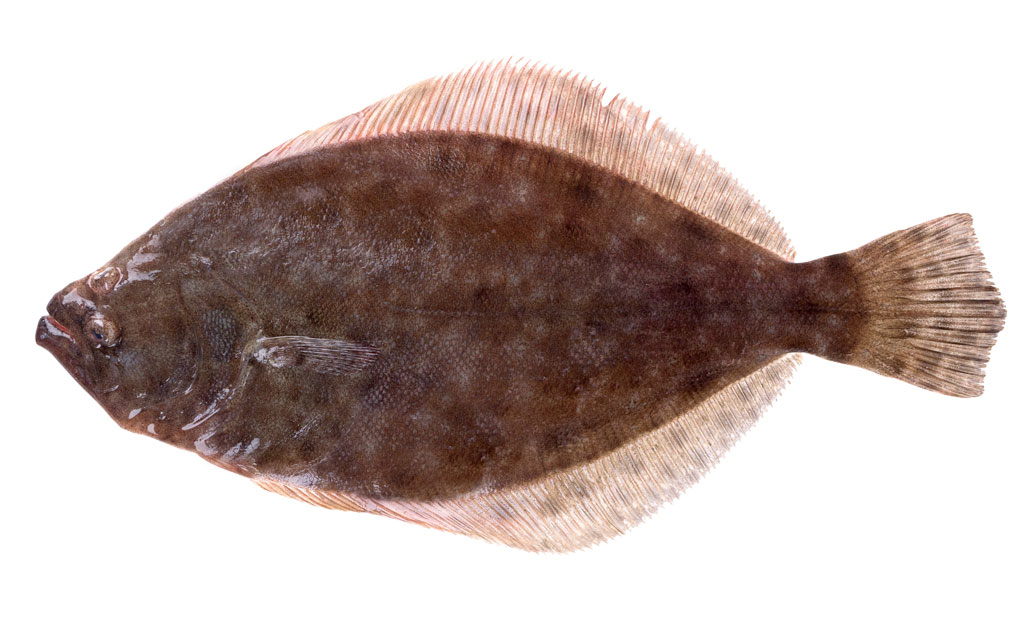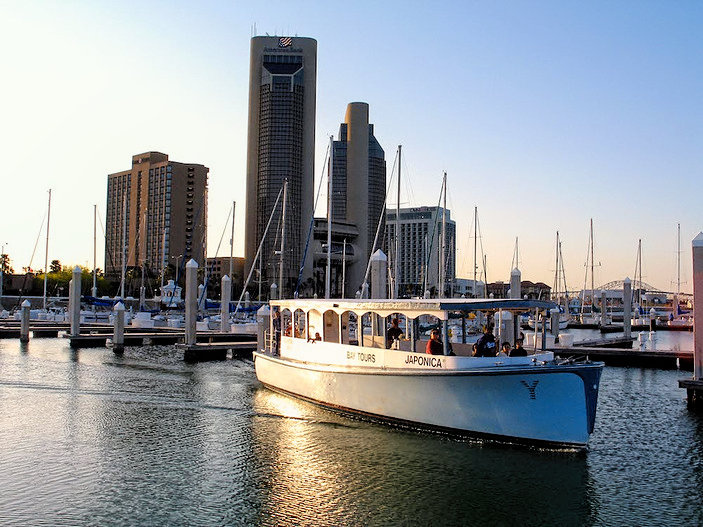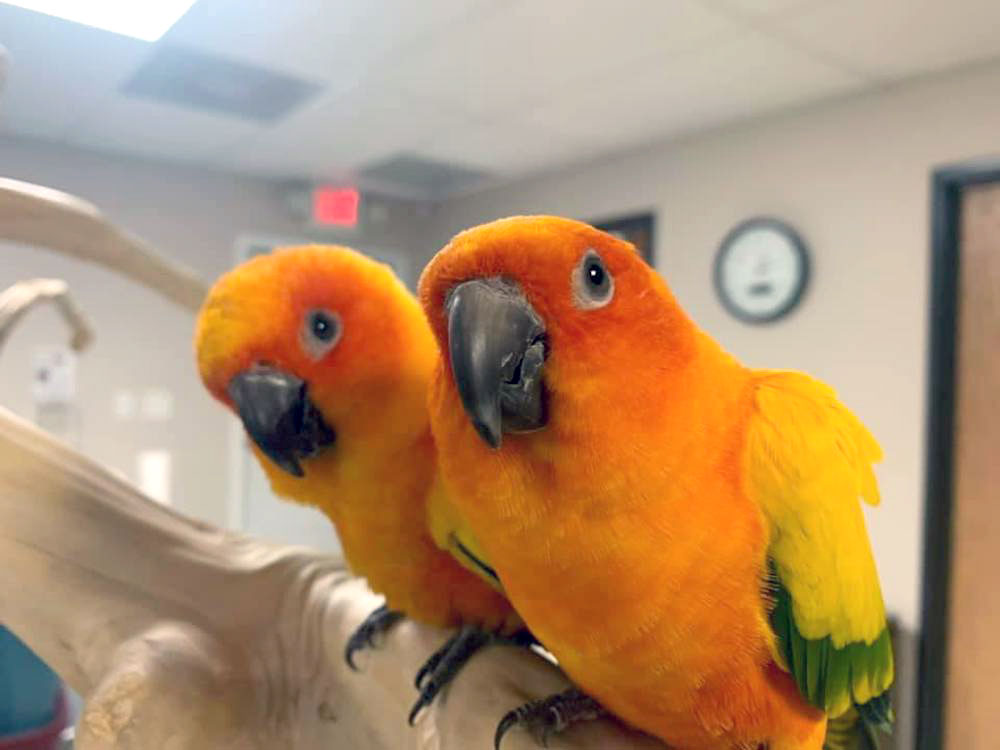
Ceremonial shovels await their assigned dignitaries for the groundbreaking at Texas A&M University-Corpus Christi Sept. 6. The university is building a new Life Sciences Research and Engineering Building. Courtesy photo
Where does Corpus Christi get all the shovels? In what seems to be a weekly event, community leaders lined up for yet another groundbreaking this week. This one was held Sept. 6 for the new Life Sciences Research and Engineering Building at Texas A&M University-Corpus Christi.
The $60 million facility will include six new instructional labs, 34 research labs and additional office space. It is designed to support many of the university’s fastest-growing programs within the College of Science and Engineering.
A naming contest will decide what to officially call the building. Open to all TAMUCC students, faculty, staff and alumni, the winner will receive an Apple iPad and an Islander gear prize pack. Deadline for submissions is 10 a.m. Sept. 12. The winner will be announced at the State of the University event Sept. 14.
Make submissions on the naming contest HERE.
Undergraduate and graduate enrollment in life sciences programs continues to soar, making it necessary to secure additional classroom and lab space. Allowing for expanded research is especially essential now that the Harte Research Institute for Gulf of Mexico Students has been designated the lead organization of the state’s RESTORE Act Research Center of Excellence. HRI’s designation brought $4.1 million from Deepwater Horizon oil spill settlement funds into the university. Texas could receive an additional $10 million to $30 million for research from the settlement.
Some of the research programs involving student research include using cold plasma to kill cancer cells and sterilize food, studying lung functions of dolphins around the world and restoring oyster reefs.
The funding for the Life Science Research building was part of House Bill 100, which authorized the issuance of revenue bonds to fund capital projects at institutions of higher education across the state. The money was approved by state legislators in 2015.





